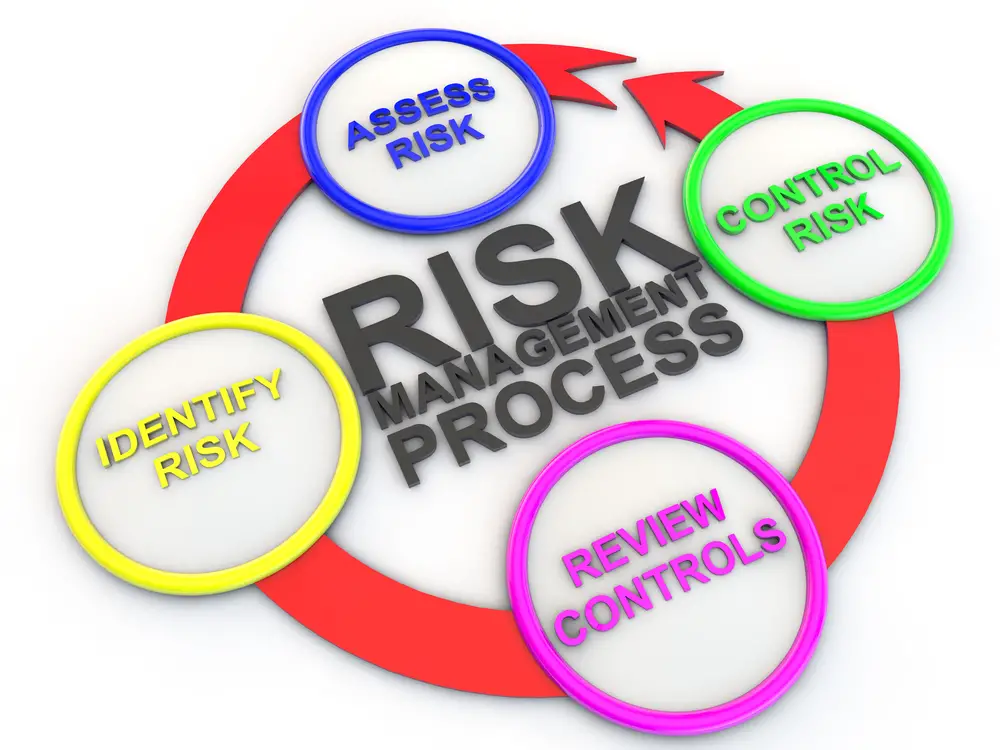The Committee of Sponsoring Organizations of the Treadway Commission (COSO) is a private sector initiative that guides internal control and enterprise risk management. The COSO framework is a widely used approach for managing these risks by internal auditors.
The framework comprises five components: control environment, risk assessment, control activities, information and communication, and monitoring. Each of these components is essential for an effective internal control system. The control environment sets the tone for an organization and establishes the procedures and processes for managing risk.
Risk assessment involves identifying, evaluating, and responding to risks. Control activities help to ensure that risks are mitigated and prevented. Information and communication help to keep stakeholders informed about risks and controls.
And finally, monitoring helps to ensure that internal control systems are functioning effectively. By following the COSO framework, organizations can better manage risks and improve their overall performance.
A study conducted last year shows poor internal controls cause about one-third of all fraud. Utilize an industry-standard model for internal control design.
A common framework has been developed by the Committee of Sponsoring Organisations of the Traverseway Commission (CoSO). This quick guide to the COSO Framework shows the best ways to create a strong and effective control framework.
COSO, the committee for sponsoring organizations, is an advisory group designed to support companies in managing risks. The COSO Framework is a popular framework that provides effective internal monitoring.
In 1992, COSO began a new internal control model that was revised and modernised in 2013. The biggest known image in this framework may have been the famous COSO cube, which displays how various internal control elements work together.
The coso framework is a comprehensive guide for organizations regarding information security. It outlines specific steps that need to be taken to protect organizational data, communication and resources.
The framework was created in 1992 and has been updated many times since then, most recently in 2013. Despite being over 20 years old, the coso framework is still considered one of the best practices for information security. Organizations worldwide use it as a foundation for their security programs.
So what exactly is the coso framework? And why is it so popular? In this article, we’ll take a closer look at what the framework entails and explore some of its key benefits.
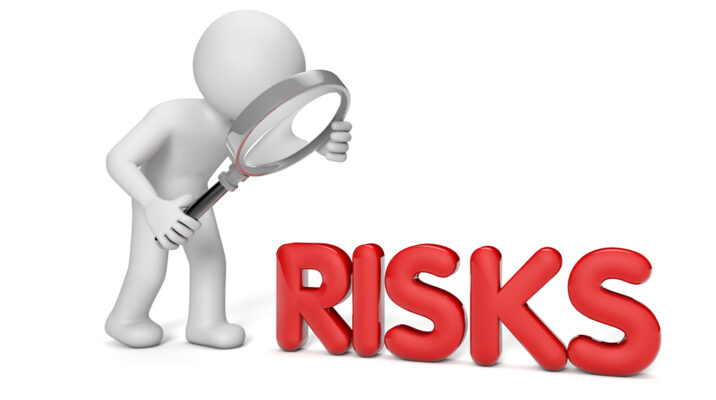
What is COSO?
The Committee of Sponsoring Organizations of the Treadway Commission (COSO) is a private sector organization that guides internal control. COSO’s mission is to improve organizational governance and performance by providing thought leadership and solutions that promote quality and effective control over financial reporting.
COSO was founded in 1985 in response to the failure of several large companies. COSO’s framework is used by many organizations, both public and private, to help ensure that their internal controls are effective.
The framework comprises five components: control environment, risk assessment, control activities, information and communication, and monitoring. When all five components are present and functioning properly, they provide a system of checks and balances that helps to prevent error, fraud, and abuse.
In addition, the framework helps organizations manage risk and make informed decisions about where to allocate resources.
Integrated Control – the integrated framework
The Internal Controls framework was released on September 29, 1992. This report provided a standard definition and a coherent framework that the company could use in comparison with external controls to improve its internal controls.
In 1994 and 2013, the internal control–integrated framework remains the benchmark for organizations seeking to achieve the best outcome for internal audits and the overall state of affairs.
Benefits of Internal Controls
Risk managers understand that internal controls are crucial for effectively managing the risks within an organization. These principles incorporated within COSO’s internal controls framework help improve the performance of the organization’s internal control system.
Effortless internal controls and developing a cohesive framework can provide a range of advantages.
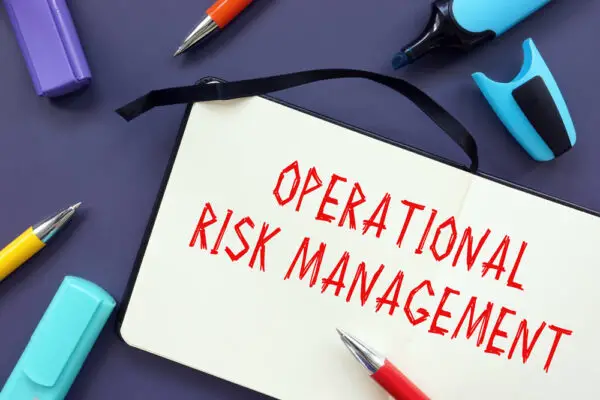
What is COSO framework of principles?
The COSO internal control framework outlines characteristics of efficient internal controls for assessing data safety and organizational structure. It’s divided into five parts and has seventeen principles in total.
What are the five components of COSO internal control?
Those components comprise Risk Assessment, Control activities, Information Communication, Control Environments, and Monitoring Activities.
Control Environment
Control environments have created an up-front approach through which the COSO Framework can be implemented throughout organizations. This includes standardized processes and procedures that management oversees and implements.
Establishing controls across all environments ensures the standards of ethics in every organisation, thus improving the business and operating environments.
Monitoring activities
Monitoring and internal audits of the entire internal control system determine if problems occur and guarantee their effectiveness. Metric information is sent to management and the Board for continued evaluation.
Data collected or reviewed in compliance with regulatory and audit rules is verified. Auditing financial information helps prevent fraud, and ongoing monitoring is crucial.
Information and communication
COSO provides control to ensure productive communications are conducted. The process involves using standardized terminology and following best practices to share appropriate amounts of information with the correct stakeholders.
Formal management review, employee meetings and informal conversations are among those components that are based on internal control objectives.
Risk assessment
Every business carries risks and faces factors preventing it from fulfilling its goals. Risk analysis can be conducted to evaluate internal or external factors.
A review of internal control components gives organizations reasonable assurance they manage risk most appropriately.
Control activities
Control is performed to minimize risk in any organisation. The COSO framework helps ensure that the management activities carried out on behalf of organizational members are effective and efficient and help the company meet its objectives without risk.
Using the COSO Framework
Once your COSO framework has been studied, you should use this framework as part of a management assessment of internal controls. Is your equipment meeting its effectiveness requirements? Make plans for improvements in the way that follows the COSO model.
Those who are less experienced can learn more about COSO. Offer suggestions for management using this document. Create a staff Advisory Committee for developing an integrated control system. Moreover, all employees should take responsibility for preventing fraudulent activities seriously.
Improve Organizational Performance and Oversight with the COSO Framework
This group of sponsors of the Treadway Commission provides thought leadership by delivering a comprehensive framework for internal controls, fraud prevention and enterprise risk management.
Its overarching purpose is to improve organizational performance and oversight and reduce the risks associated with financial fraud. COSO started as an integrated initiative in 1985 in an effort to support the National Commission on Fraudulent Reporting, also called the Treadway Commission.
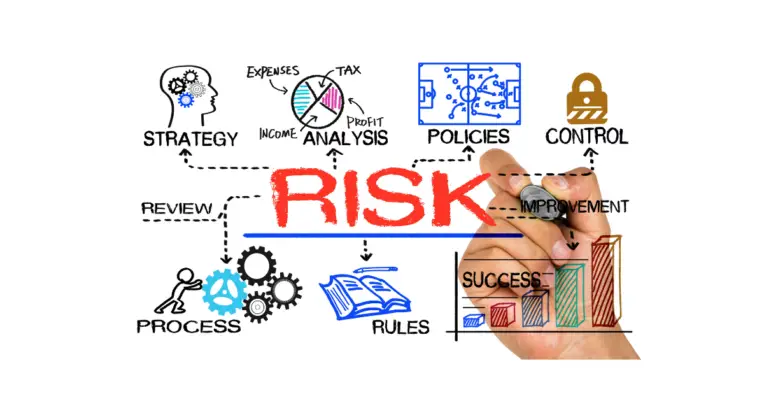
How to implement COSO Framework
Let’s take five steps towards implementing the COSO framework.
Understanding and learning about the Framework
The COSO Framework requires companies to design an analysis team to conduct its implementation; it will also require, initially, the organisation should understand the 17 principles of internal controls within the Framework.
Assessed
The framework implementation varies among companies, but the internal evaluation identifies the risks to address. The implementation team is responsible for defining and analysing operational goals, assessing existing internal controls systems and identifying gaps.
To gain an overall overview, both senior staff members must participate. Increasing participation in controlled environments helps the team develop effective internal controls from various perspectives.
Remediation
Adaptation strategies should be developed to fix the identified weaknesses. Start with those risks with the greatest chance and greatest impact, then move down to a lower risk.
Develop a Plan
The implementation staff will create road plans and project plans. This document will outline the scope of implementation organization stakeholder relationships and schedules.
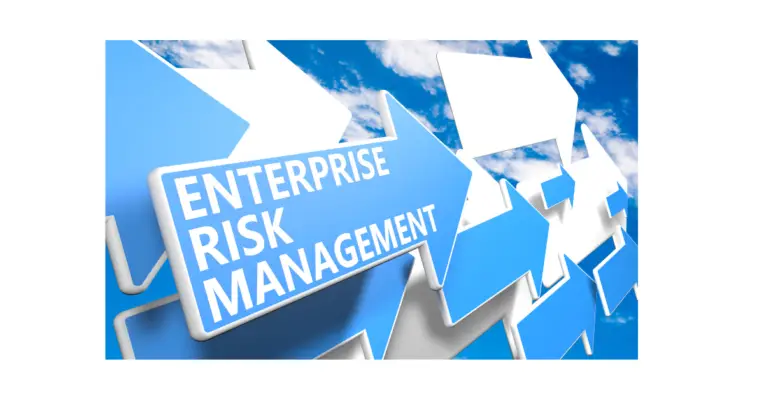
Conclusion
The Coso Framework is a great tool for implementing and reporting objectives and internal controls within an organization. By taking the time to understand and implement each of the five components, businesses can help protect their assets and ensure compliance with government regulations.
While the framework may seem daunting initially, it is easy to follow once you become familiar with it. Have you used the Coso Framework in your business? If so, tell us about your experience in the comments below.

Chris Ekai is a Risk Management expert with over 10 years of experience in the field. He has a Master’s(MSc) degree in Risk Management from University of Portsmouth and is a CPA and Finance professional. He currently works as a Content Manager at Risk Publishing, writing about Enterprise Risk Management, Business Continuity Management and Project Management.

